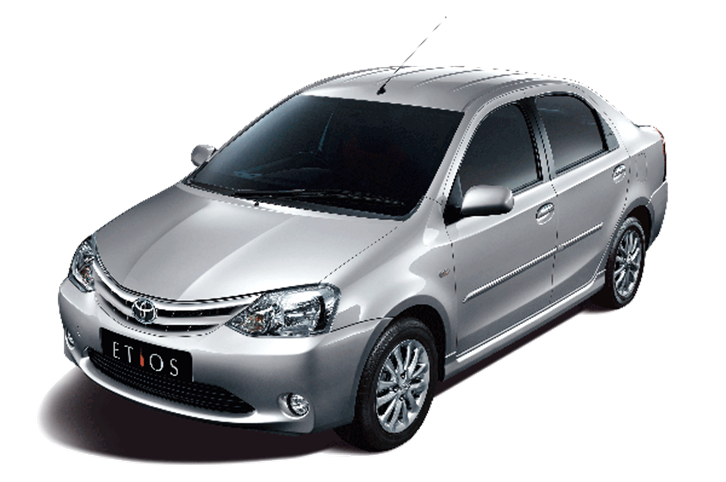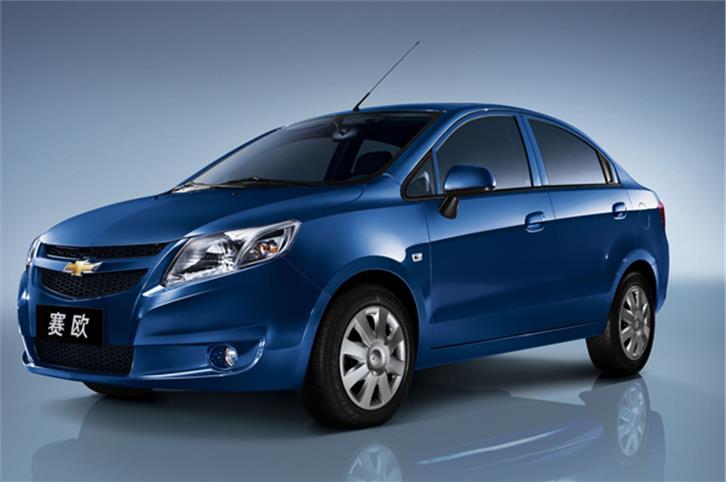Top hats are trending our car market, but is that good?
Manufacturers choosing to launch older models in India may sound odd, but there are a few key advantages to this tactic.
Published on Aug 05, 2013 02:39:00 PM
8,055 Views
Follow us on


Top hats are in fashion. No, I’m not talking about Edwardian ‘stove pipes’ or ‘chimney pots’; this after all is Autocar, not a men’s fashion magazine. The top hats I’m referring to here are the generation-old cars that are reconfigured and re-skinned for sale in our market.
Now, this is bound to cause some confusion. Why, you’d ask, would a car maker choose to launch an older model in what has become one of the most competitive new car markets in the world? Surely they can’t expect to win?
They can. There are a few key advantages to this approach. To begin with, these cars deliver just what Indian car buyers are looking for; greater value for money. Our market, after all, is more about perceived value than anything else. Here, a good size vs price ratio is king, and that’s where these reconfigured one-generation-old models with new attractive ‘top hats’ score; especially in our environment of heavy taxation.
Many of their mechanical bits are generally a generation old, as are the jigs and fixtures used to make them and, as a result, these cars cost less to manufacture. This allows carmakers to pitch their cars a segment lower than they normally would, it allows them to redo the interiors, and there’s even some cash leftover for a plethora of features and options. Exactly why cars with new ‘top hats’ are gaining in popularity.
There’s a flipside of course. While it’s difficult to generalise, some of these cars are not nearly as capable as their newer up-to-the-minute models. Some of them aren’t as refined, they are almost never as safe and some have old fashioned interiors bits as well. None of these are deal breakers in India however, where safety norms, for example, are almost non-existent.
The downside for the Indian car industry however is slightly steeper. Cars that are a generation older don’t really enjoy the same export potential as current models and that, in an industry where volume is everything, means Indian car manufacturing and the Indian economy are losing out big time. Carmakers are increasingly deciding to set-up their massive plants elsewhere. One way of making the industry more competitive is to reduce the massive tax burden on cars manufactured here. This unfortunately, is not likely to happen anytime soon.
But so much for carmakers, what about you the car buyer? Are these reconfigured ‘top hat’ cars any good? Unfortunately, there’s no easy answer. A good car is a good car, irrespective of how old it is, where it is produced or what badge it wears on its nose. Some top hat cars are good, some are not. Problem is, which is which? To know, it’s simple, keep reading Autocar India.



Comments
Member Login
Personal Details
No comments yet. Be the first to comment.